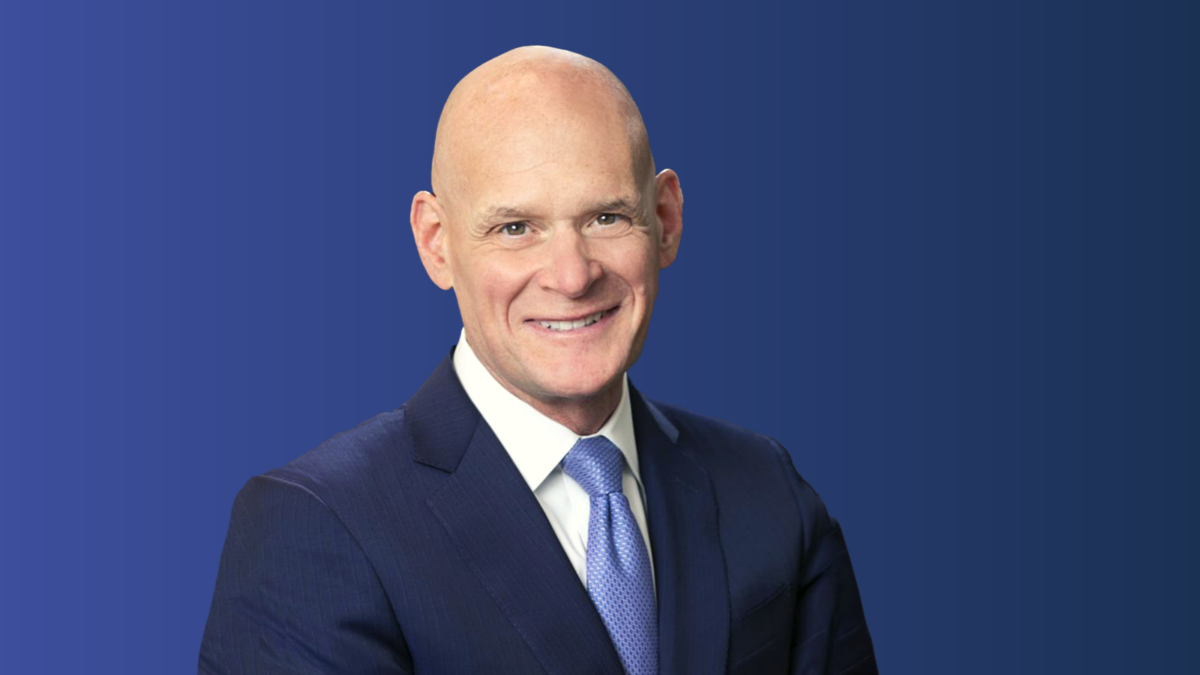Big super wakes up to private debt
“What happened in 2022 with the 60/40 portfolio woke everybody up,” says Randy Schwimmer (pictured), senior managing director of Nuveen affiliate Churchill Asset Management, which manages private debt strategies on behalf of institutional investors. “There were no safe havens, and the numbers were so ugly globally, that institutional investors who’d been aware of private debt but didn’t understand the value proposition began to look at an asset class that over the last 15 years has gone from $100-200 billion to $1.3 trillion. Five years ago, nobody was really talking about it. Today, everybody’s talking about it.”
Churchill itself was awarded a $250 million mandate from AustralianSuper in 2022, which is “intended to grow substantially over time”; AustralianSuper wants to triple its A$7 billion exposure to the asset class using both its in-house private credit team and external managers. UniSuper recently announced a new private debt mandate of its own with Revolution AM. The new mandates are mostly as a result of the new market paradigm funds find themselves in, as well as a member base shifting away from accumulation and into the post-retirement stage, where the need for consistent income is greater.
“From an Australian perspective we’re seeing people be a little bit more cognisant of that transition into post-retirement and a lot of focus on the provision of structures and products more akin to the developed annuity market,” says Andrew Kleinig, Nuveen managing director for Australia. “And on the back of that at least an understanding that something with the provision of consistent income is playing an important role rather than purely looking at asset classes with provision of total real return. Stability of income is playing a bit more of a role… That’s a different mindset from three years ago.”
Schwimmer says that the surge of interest in the asset class is “ironic” given its benefits have been evident to a number of institutional investors for some time. Nuveen parent company TIAA’s initial investment in Churchill in 2015 was made to hedge against rising interest rates relative to its hefty pre-existing fixed income book.
“(TIAA’s) CIO was very prescient about interest rates going up but we had to wait seven years for it to happen,” Schwimmer says. “But when it did and started to everybody else started to wake up to the asset class. I think Australia is now realising that it is performing as expected and the yield premium that we are getting, which is currently a 12 per cent all-in yield for senior debt, is waking people up to the fact that this is an asset class that’s very attractive.”
“On the other hand we’re being very cautious to say that this current vintage – which we see as the best in a generation – won’t last, because we don’t believe the conditions that created it will last. We think inflation eventually will ease, and there’s signs of that in the US. But the economy is very stubborn, and there are areas of real strength – particularly in the areas we play in. Interest rates will be at this level for a while, and institutional investors will benefit in a way that they didn’t expect a year ago. But eventually they will come back down and this seven per cent yield will then return.”
Schwimmer is also sceptical of some of the scrutiny that has been applied to non-bank lenders and other private markets managers following the collapse of of Silicon Valley Bank (SVB) and other institutions.
“The concern about the banking system is obviously valid; we saw with S ignature Bank and SVB real issues that seemed to be generated from the pace of interest rate hikes. When that happens there’s obviously concerns about where there are other areas of risk that are not immediately visible. For some reason though the non-banks have been the subject of that interest, which puzzles me, because the issues going on in the banks are completely unrelated to anything regarding asset quality with direct lenders. I think it’s general concern about what could be going on that we don’t know about.”
“While the valuation of loans aren’t public in that it’s not a traded market, and there’s no obvious secondary market – you can’t go on Bloomberg to see it – it’s very visible to our investors and our owners, both in terms of performance of the actual companies and third-party valuations. While the scrutiny isn’t ‘public’, there’s a significant amount of attention on them.”










